One tank to rule them all: Europe announces 11-country collaboration to build next-gen tank
- By Hope Seck
Share This Article
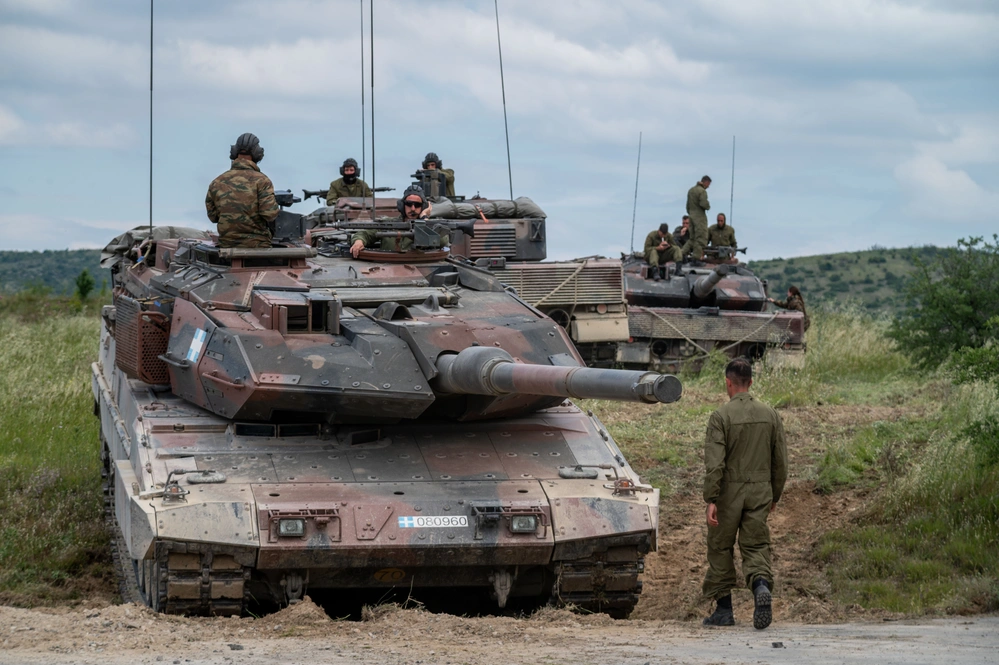
If the conflict in Ukraine has proved that tanks remain relevant on today’s battlefield, Europe appears to be seizing the momentum with a new collaboration that may deliver a common and state-of-the-art tank to nearly a dozen nations on the continent.
This month, multiple corporate collaborators announced the launch of the MARTE project, standing for Marine Armoured Tank of Europe, a new consortium funded with a grant of almost 20 million Euros from the European Union’s European Defence fund.
Rheinmetall, a German defense company and primary collaborator, called the project “a cutting-edge and highly promising initiative designed to strengthen Europe’s technological autonomy by addressing the crucial asset of a Main Battle Tank (MBT) System.”
“MARTE aims to conduct study and design activities to create a future [main battle tank]-System, that adequately meets current and future threats, and the harmonized needs of the European Member States involved,” the company said in its announcement. “By integrating innovative and disruptive technologies a resilient defense system is to be designed, tailored to the evolving challenges of modern warfare and considering lessons learned from current conflicts,” it added.
Belgian-based arms manufacturer FN Herstal, another collaborator, also praised the project, saying it represented “an important step towards greater European cooperation in the field of land defence.”
In all, 50 companies and organizations are partnering to study the concept of a new main battle tank for Europe. According to Swedish partner SAAB AB, there are five technical working groups that privately kicked off the project in December 2024 at a meeting in Stockholm. The consortium supporting the tank includes 10 EU member states: Germany, Belgium, Spain, Estonia, Finland, Greece, Italy, the Netherlands, Romania, and Sweden. Non-EU member Norway is also a partner.
“Integrating innovative and disruptive technologies is key to achieving the project’s goals of technological innovation and cross-border collaboration,” Saab stated in its announcement. “This approach will lead to the design of a resilient defence system capable of addressing the evolving challenges of modern warfare.”
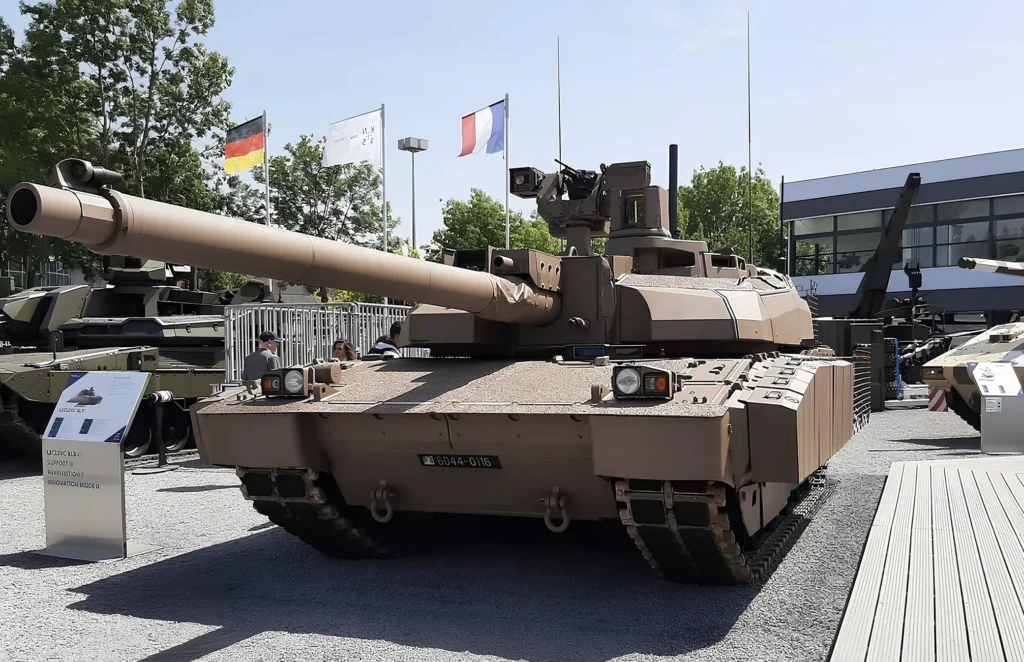
While Europe has a history of building formidable tanks, the current era of warfare also poses unprecedented challenges to war vehicles that, while powerful, are also hulking, easy to spot, and slow.
The Ukrainian government claims its army has destroyed nearly 11,000 Russian tanks as of July 1, along with nearly 23,000 armored personnel vehicles. While other assessments estimate the number of Russian tanks destroyed at closer to a few thousand, it’s clear the damage goes both ways: according to some outlets, Ukraine has lost many of its U.S.-donated Abrams tank.
On the Ukrainian battlefield, tanks have proven vulnerable to relatively inexpensive attack drones that can target the more vulnerable turrets in swarms, overwhelming and evading the defenses of the more exquisite war machines. At the same time, though, tanks represent power projection and maneuver on the battlefield in a way that has no direct replacement. And as some have noted, tanks’ current weaknesses could be addressed through new ways of fighting and improved or added defenses.
This perspective seems to have taken hold elsewhere in Europe. The United Kingdom was reportedly considering retiring its Challenger 2 main battle tanks in 2020. Since then, though, it has unveiled the updated Challenger 3 with better armor and a Trophy active protection system, which uses Iron Dome-style defense mechanisms to intercept incoming threats.
The Netherlands, after actually retiring its tanks in 2011, is now re-investing in the technology, ordering 46 German-made Leopard tanks in May.
“With the current threat of large-scale conflict, the tank is an indispensable tool,” Dutch State Secretary for Defence Gijs Tuinman said of the purchase, according to a Defense News report. “A force that, combined with smart tactics, is difficult to stop. The Leopard remains the king of the battlefield.”
Notably, the Netherlands is also an investor in the MARTE Project.
Related: The M10 Booker and how the Army flubbed a tank
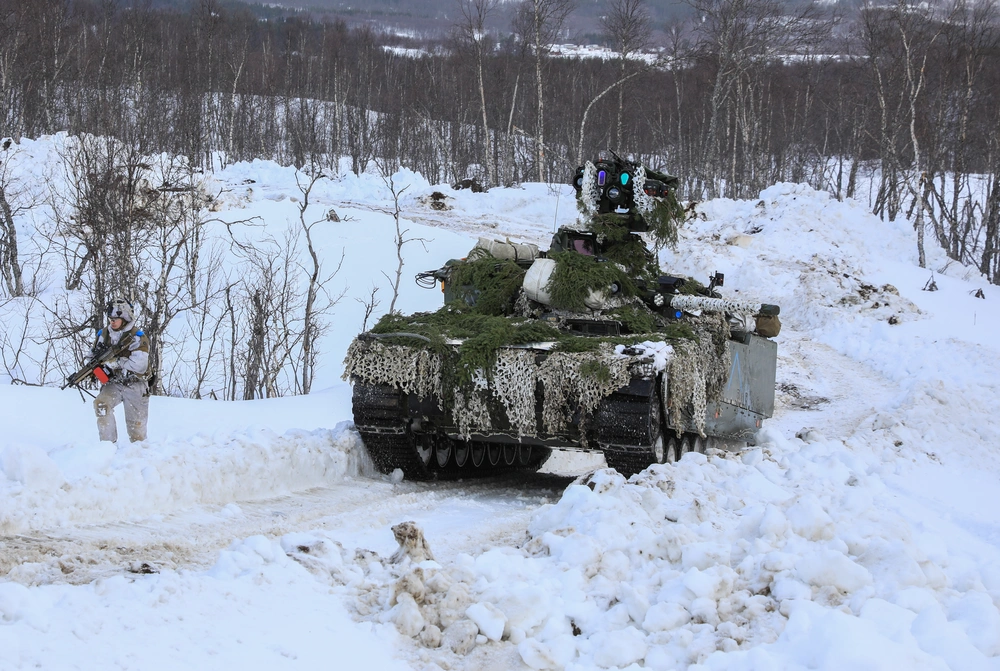
Germany’s Leopard 2 is one of the world’s most popular and formidable tanks, used by some 19 countries around the world. The newest variant, the Leopard 2A8, debuted in 2024 with upgraded armor, a version of the Trophy active protection system, and a laser warning system.
Another world-class European tank is the French Leclerc, which entered service in 1992, but saw a major upgrade in 2021 with the Leclerc XLR, which offers real-time tactical information sharing with other military vehicles, a new jammer, and better protection against roadside bombs and mines and incoming rockets.
The companies collaborating on the MARTE Project are familiar names in the tank world. Rheinmetall, in addition to its work on the consortium, is reportedly working on an improved gun for the upcoming Leopard 3 main battle tank. Details are scarce on what could come out of the MARTE project – if it could center on an existing tank platform or develop something new – but the effort shows not only that tanks are still considered worth investment, but also that European nations are placing a premium on common platforms that will allow them to collaborate better on the battlefield.
Maj. Gen. Lars Lervik, commander general of the Norwegian Army, told an audience at the Association of the United Stated Army’s annual meeting last fall that the four Nordic nations – also including Sweden, Denmark and Finland – were investing in a single model of infantry fighting vehicle.
“We’re striving more towards [being] as identical as possible,” Lervik said. “We think that it, first of all, makes sense, because you need to fight together. We also believe that it’s going to make sustainment and training, everything better.”
Feature Image: A Hellenic Army Leopard 2A6 HEL tank assigned to the 1st Armored Cavalry Battalion, First Army, Greece, is ground-guided back to the starting point after providing direct support during a combined arms live-fire exercise rehearsal as a part of Immediate Response 25 during DEFENDER 25, Krivolak Training Area, Krivolak, North Macedonia, May 30, 2025. (U.S. Army photo by Staff Sgt. Michaela C.P. Granger)
Read more from Sandboxx News
- Iconic AIM-120 AMRAAM missile is getting a high-tech new upgrade
- Future service rifles from across the world that deserve more attention
- How Navy SEAL candidates recover after Hell Week
- Air Force’s upcoming Launched Rapid Response Weapon will make the sky scarier
- The HK21E was Delta Force’s underrated machine gun
Related Posts
Sandboxx News Merch
-

‘AirPower’ Classic Hoodie
$46.00 – $48.00Price range: $46.00 through $48.00 Select options This product has multiple variants. The options may be chosen on the product page -
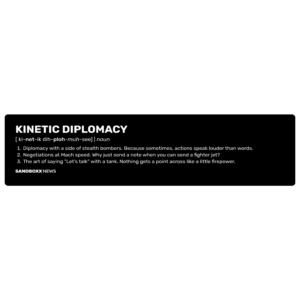
‘Kinetic Diplomacy’ Bumper Sticker (Black)
$8.00 Add to cart -

‘Sandboxx News’ Trucker Cap
$27.00 Select options This product has multiple variants. The options may be chosen on the product page
Hope Seck
Hope Hodge Seck is an award-winning investigative and enterprise reporter who has been covering military issues since 2009. She is the former managing editor for Military.com.
Related to: Gear & Tech, Military Affairs
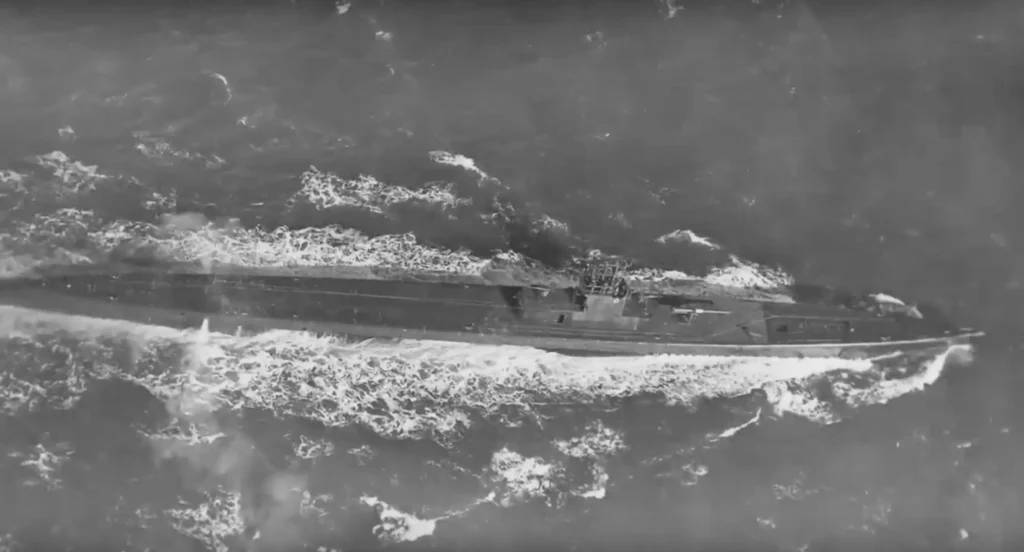
‘USS Dorado Project’ aims to solve WWII’s biggest submarine mystery
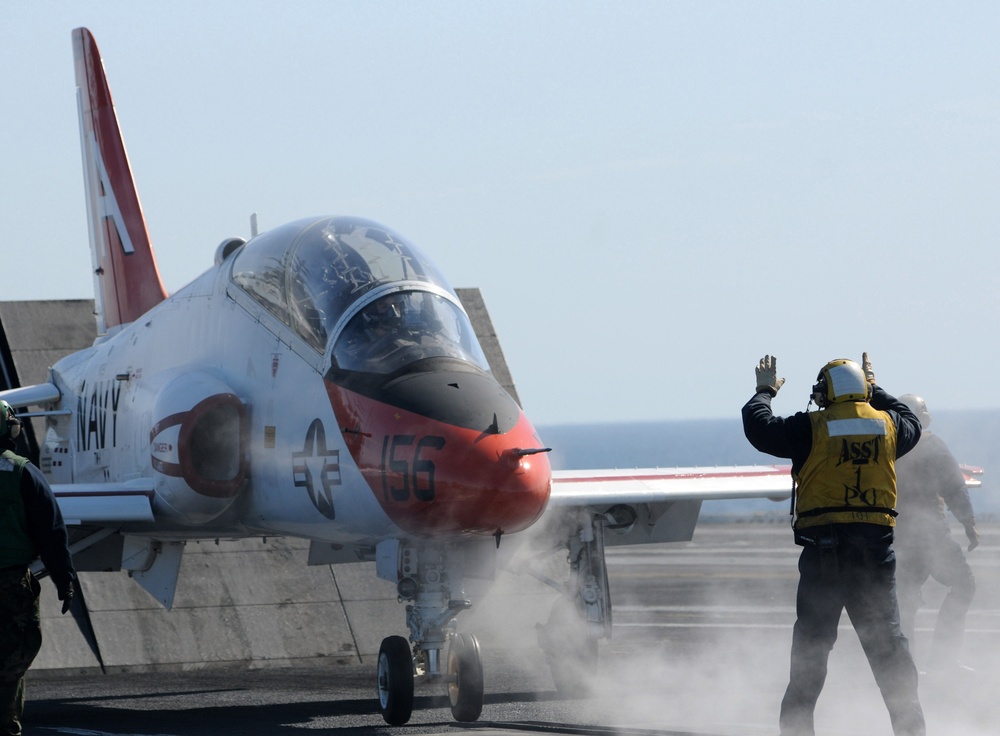
The Navy’s plan for its next trainer jet shows how carrier aviation has changed
Sandboxx News
-

‘Sandboxx News’ Trucker Cap
$27.00 Select options This product has multiple variants. The options may be chosen on the product page -

‘AirPower’ Classic Hoodie
$46.00 – $48.00Price range: $46.00 through $48.00 Select options This product has multiple variants. The options may be chosen on the product page -

‘AirPower’ Golf Rope Hat
$31.00 Select options This product has multiple variants. The options may be chosen on the product page -

‘Sandboxx News’ Dad Hat
$27.00 Select options This product has multiple variants. The options may be chosen on the product page
